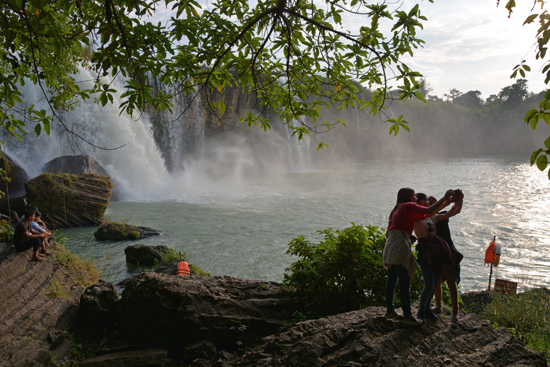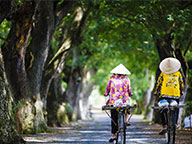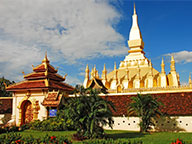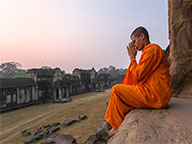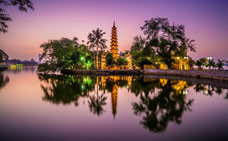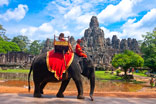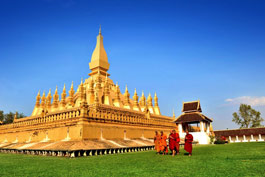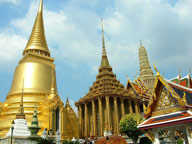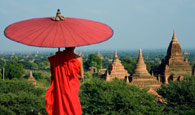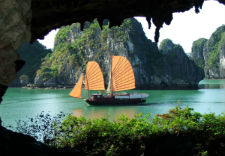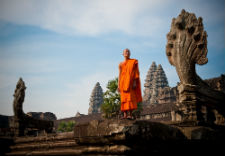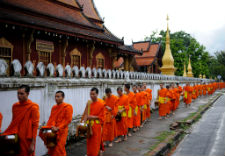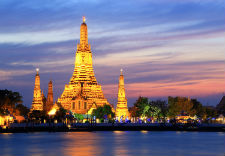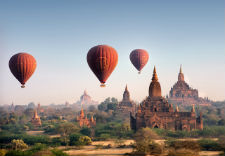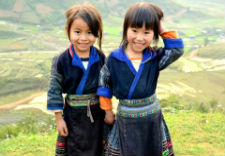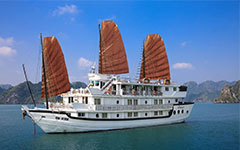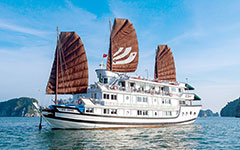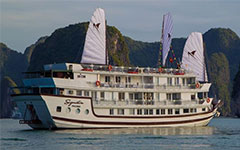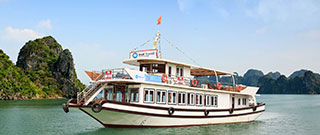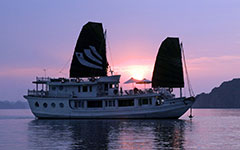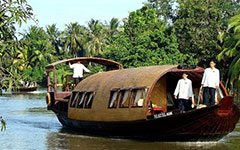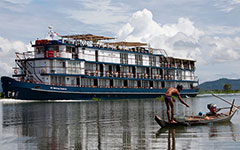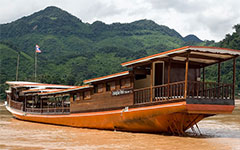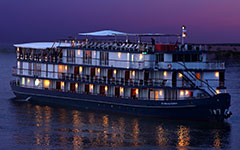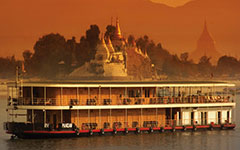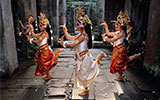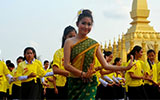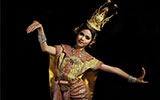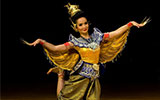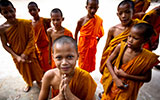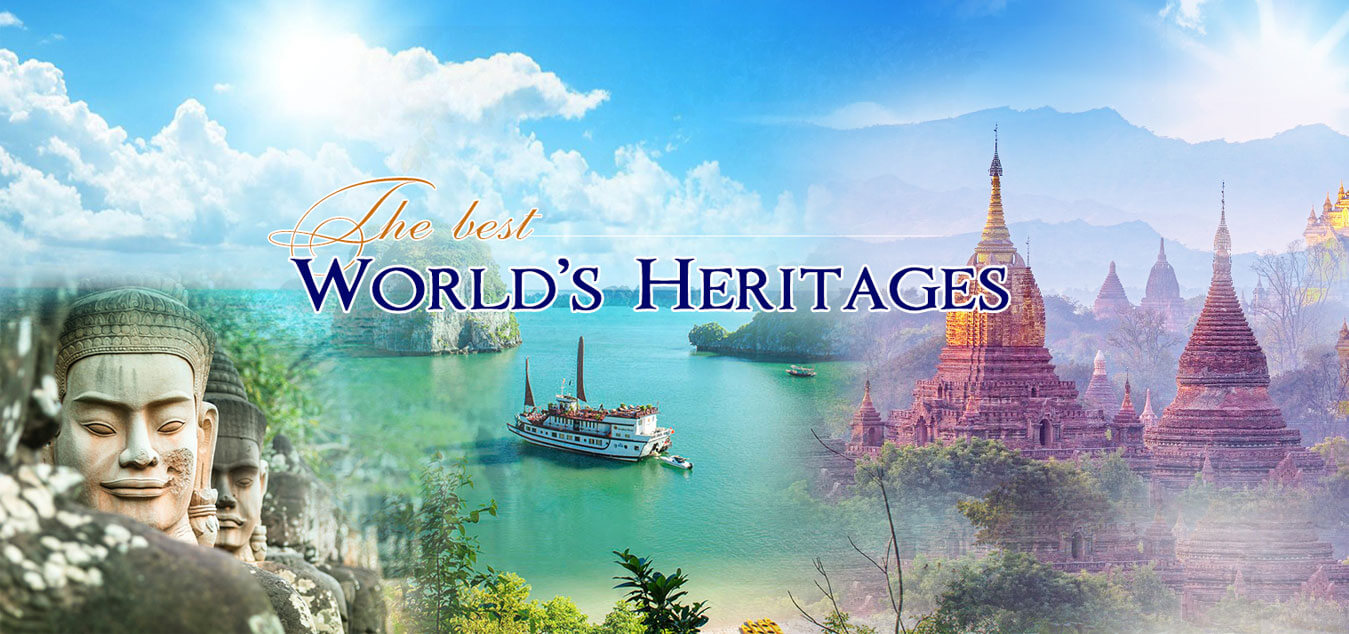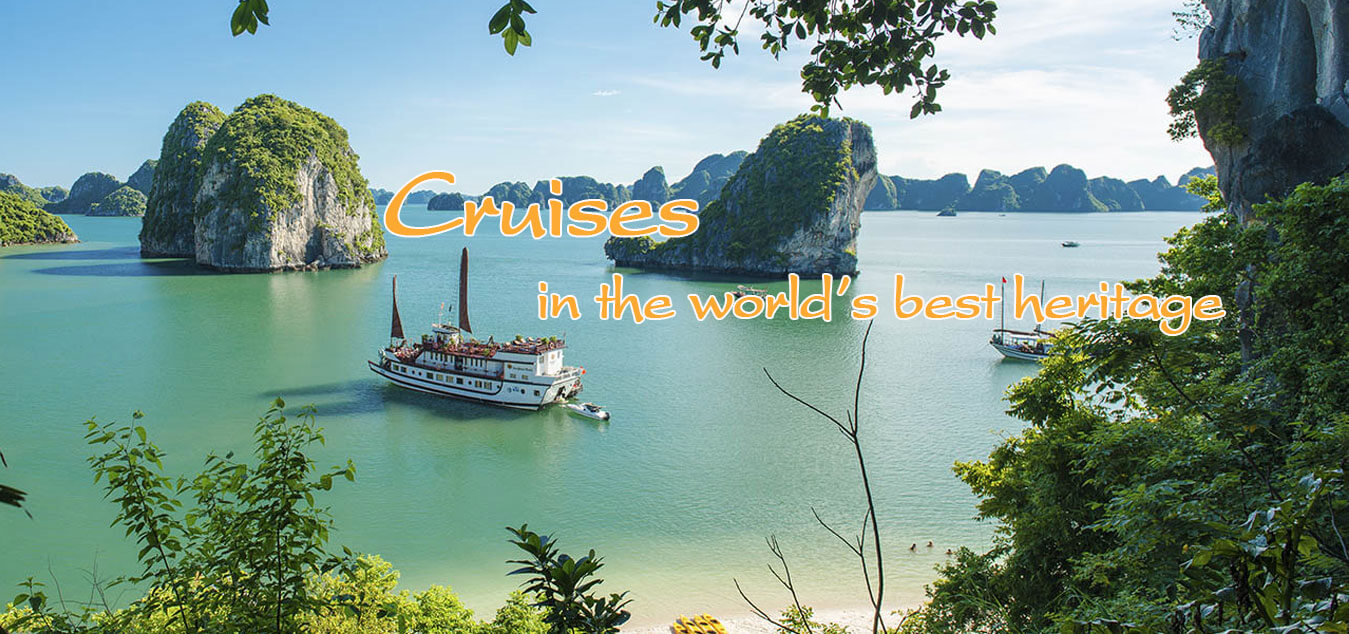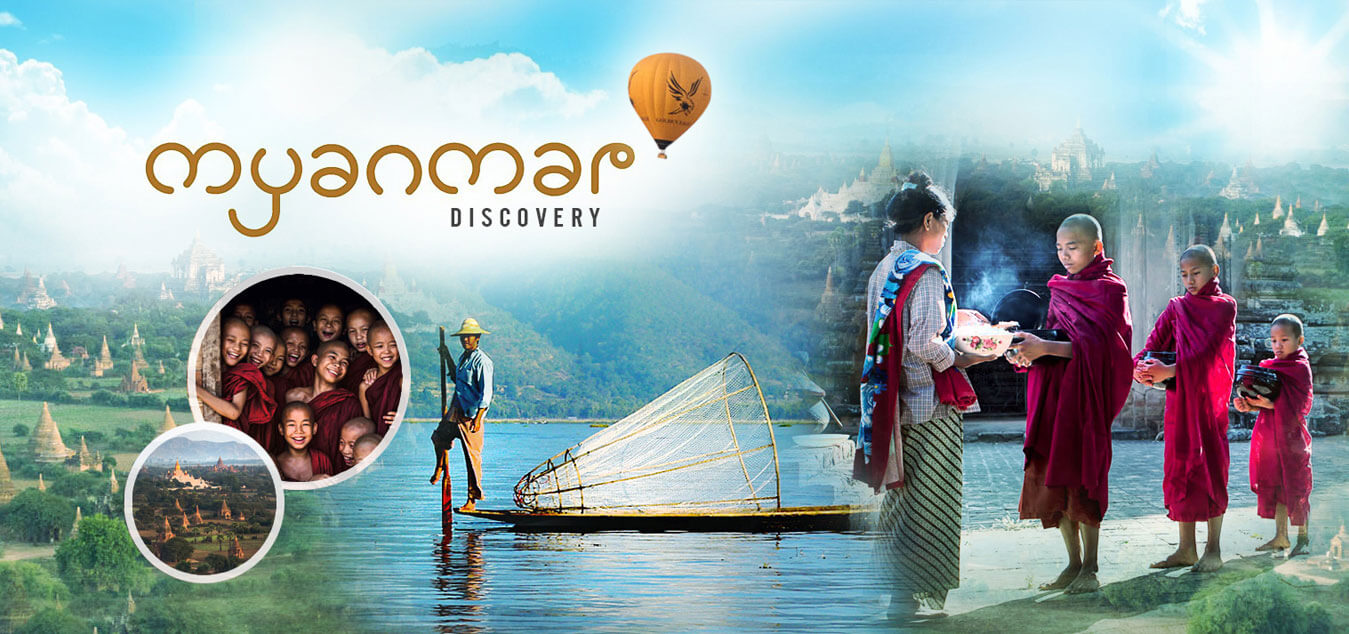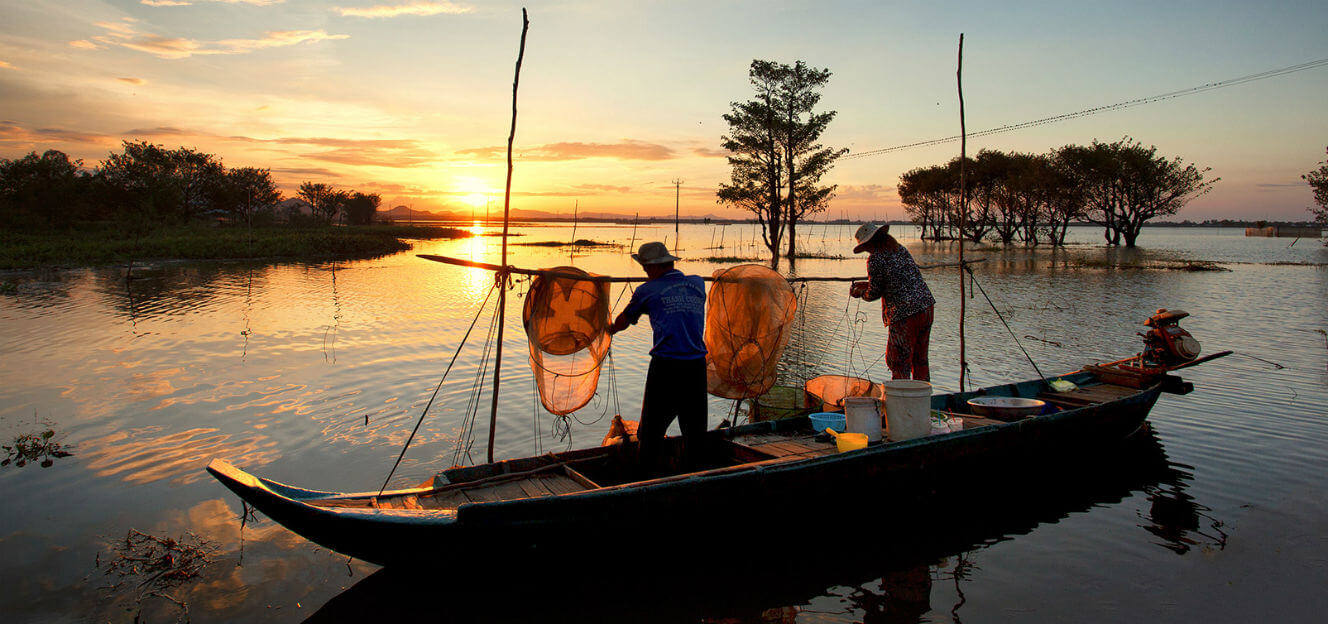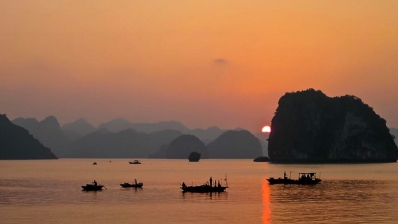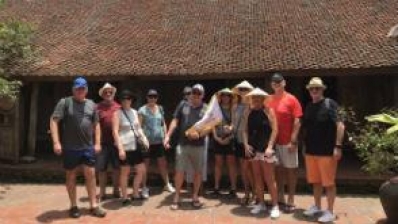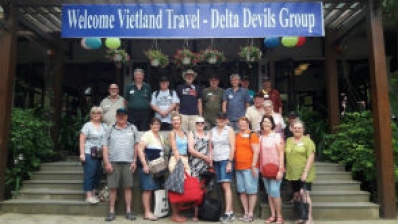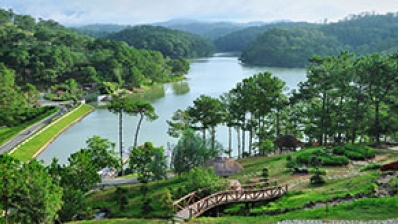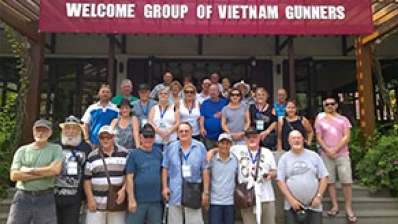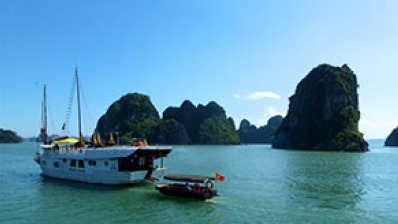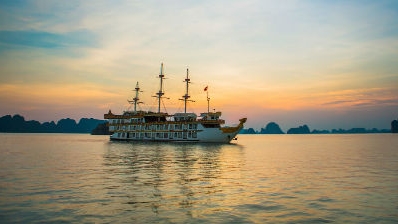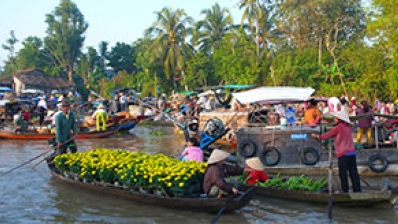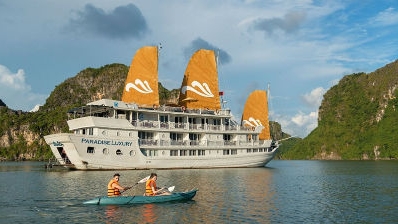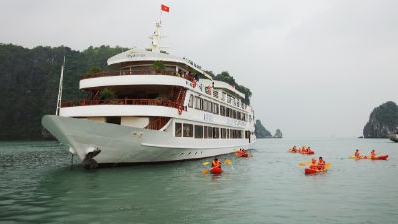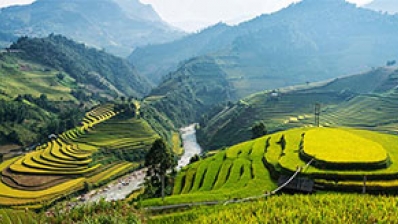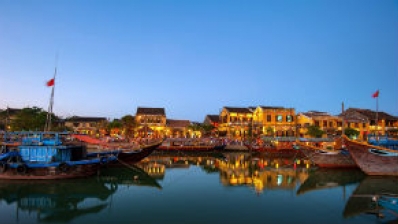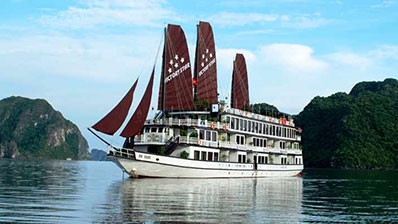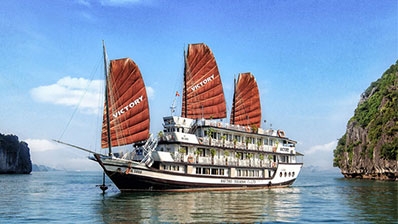BUON ME THUOT is the capital city of DAK LAK Province, in the Central Highlands of Vietnam. The city is the largest in Vietnam's Central Highlands region, and is famous as the regional "capital of coffee".
Population: 300,000 people
The city locates at right the heart of the central highland of Vietnam, 1300 km from Ha Noi, 500 km from Da Nang, and 350 km from Ho Chi Minh City. Lying on a fairly flat highland, at an average height of 536m (1608 ft) above the sea, Buon Ma Thuot has a vital role in Vietnam's national security and defense system
Gateway: Buon Ma Thuot Airport.
Buon Me Thuot is home to coffee plantation, it was brought to Vietnam in 1870, but the coffee plantations were developed here in 1930. Today the local coffee is exported to many countries in the world. Some of the biggest companies are Trung Nguyen Coffee , or Highland coffee. .
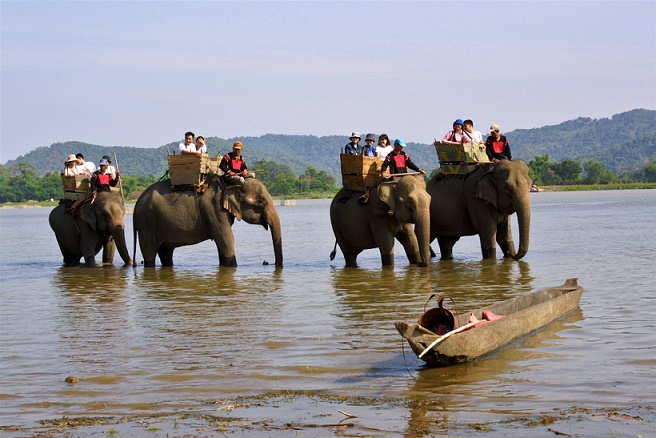
What to see in Buon Me Thuot?
- Lak Lake: 50km southeast of Buon Ma Thuot, Vast, tranquil and fringed by rolling hills, Lak Lake is the Central Highland’s largest natural freshwater lake. It is home to the Mnong, a tribe that relies on the lake for their livelihood and they can be seen fishing in traditional dugout canoes.
- Dray Nur and Dray Sap: 40 Km from City , Fed by the Srepock River, a major tributary of the Mekong River that flows from the Central Highlands into northeastern Cambodia, Dray Nur and Dray Sap waterfalls are worth the trip out from Buon Ma Thuot. As the bird flies, Dray Nur and Dray Sap waterfalls are almost side by side but because of a broken bridge unlikely to be repaired any time soon
- Yok Don National Park: 40km from Buon Ma Thuot, Vietnam’s biggest and most biodiverse protected area, Yok Don National Park encompasses 115,000 hectares of dry deciduous dipterocarp forest, a resilient type of wet rainforest trees that can grow to exceptional sizes and is coveted for timber.
- Ban Don ( Don Village): 40km from city, famous for domesticated elephant riding
- Ethnographic Museum: the exhibitions tell an important narrative about what shaped Dak Lak province: people and immigration, biodiversity, and history, from prehistoric to present day. Though the focus is Dak Lak and its three indigenous people, the Ede, Mnong and Jarai
